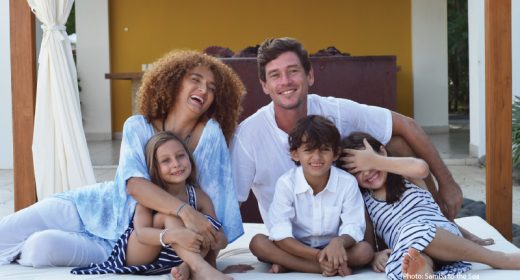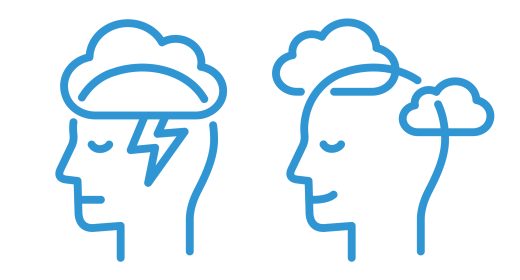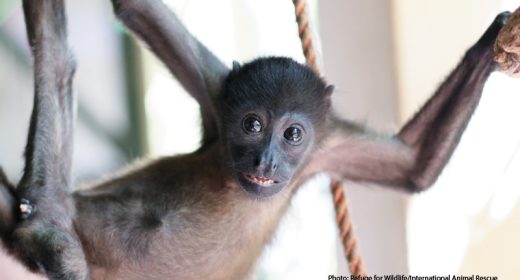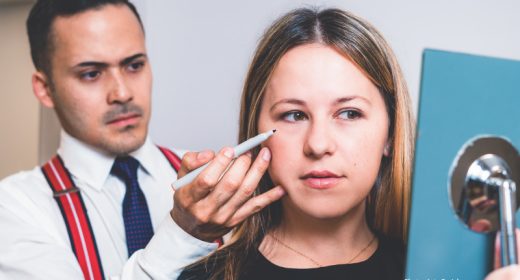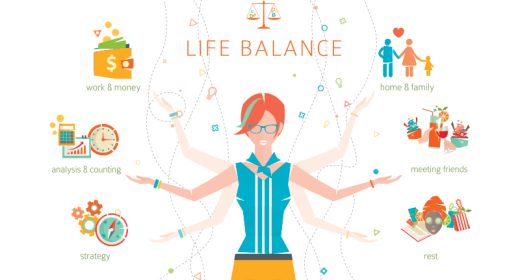
The Old Dog
- FEB 01, 2017Warning: count(): Parameter must be an array or an object that implements Countable in /home/howlermag/public_html/old/wp-content/themes/new-paper/includes/general.php on line 193
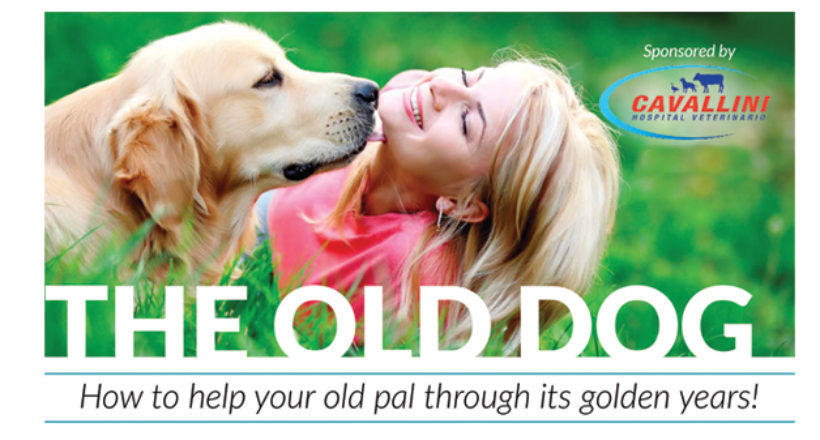
Your Lead Paragrpah goes here
How to help your old pal through its golden years!
Sometimes it’s hard to notice and accept that your best friend doesn’t have the strength he or she used to. It’s hard for everybody! So here we want to explain the main changes or signs your pet will show when it’s getting old. This chart has your dog’s age range:

Main changes in old dogs:
Osteomuscular System
Limitations in their jumping or running, then limping or requiring long rests are signs your furry friend is aging. The most common recommended supplements include Glucosamine-condroitin(Artroflex, Artritabs, etc), hialuronic acid (pills or Endovenous treatment: Legend), calcium, pain killers or vitamins in general. Your dog’s limitations will depend on the breed, size and x-ray findings at the onset of its senior years.
Digestive System
As they become less active, the food intake must decrease or they can start gaining weight and become obese. A blood sample to find out kidneys and liver function might help to know their real needs and choose a proper diet. More common in small breeds than large breeds, heart disease can be also noticed at the beginning of old age and a prescribed diet will improve the life quality for our pets. As they age, bowel movements are slower and tenesm might appear, easily controllable with a high-fiber diet. The proper way to feed our pets is to always place the food at chest level, minimizing effort to get to it.
Respiratory System
Old dogs tend to pant more. In some cases it can be just that the bronchial tree is not expanding as it used to, from normal calcifications due to age. Grooming or shaving can help them feel cooler. Exercise them when the weather is not so hot, in early mornings or evenings..
In our hospital we see many cases that people consider aesthetic but are actually real health concerns: mouth, nails, ears and anal glands. Mouth and teeth are really important for dogs. If the old dog never experienced a toothbrush, it can be hard to start training them to accept this practice, but a deep teeth clean with or without anesthesia is useful and a vet visit to check the oral cavity has to be done periodically. Bacteria from the mouth can migrate to other organs and cause major problems. Nails. Many owners are afraid of cutting nails and making them bleed. Trimming them also works or it can be done by the vet. Checking constantly that the nails do not grow in an inappropriate way is necessary. Ears. There are several products for cleaning the ears. Normally we suggest cleaning them weekly and in cases where the ear duct is full of hair, there are different methods to remove buildup. Anal glands. Not all dogs need to get them cleaned, but some of them do need it. A practice of cleaning can prevent rupture from this gland.
As your furry friend ages, its needs change as well. Pay attention to your dog’s changing needs and help it fully enjoy its senior years.

